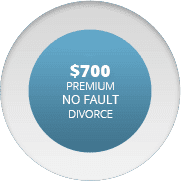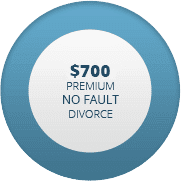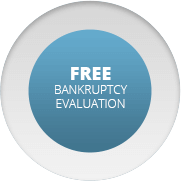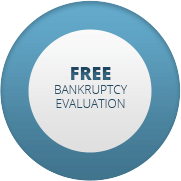Moving forward with a bankruptcy filing is a very big decision. Not only do you need to worry about the impact on your credit, but there are also very real concerns about being able to hold on to your most valued assets. While it is absolutely true that a Chapter 7 bankruptcy filing carries the risk of asset loss, it is also true that going into the process with the guidance of an experienced attorney will ensure that you have a strategy in place that maximizes your ability to protect what matters to you most. Below you’ll find information on exemptions and the kind of planning you can do to put yourself in the best possible position.
The first thing you need to understand is that there are both federal exemptions and state exemptions that allow you to protect certain property. Each state has its own set of exemptions that may be selected in lieu of the federal option. The exemptions that are most commonly applied are the homestead exemption that protects a certain amount of equity in your home; a vehicle exemption that allows you to shield equity in one or more of the vehicles you own up to a certain amount; the personal property exemption that covers items like clothing, furniture, and appliances; and the wildcard exemption, which allows you to pick out whatever property you want to protect, up to a specific value. You are also able to exempt the tools on which you rely to make a living, and your retirement accounts.
With this in mind, pre-bankruptcy planning applies a strategy that converts non-exempt assets into exempt ones in a legal way. It may involve paying down your mortgage using non-exempt cash to boost the exempt equity or transferring property to another person, though if this is clearly being done to evade creditors, it may be reversed by the bankruptcy trustee. Other options include setting up irrevocable trusts that protect your assets, but this type of action must be pursued a significant amount of time before you file for bankruptcy to avoid the assets being clawed back or the debtor being accused of fraud.
There are additional protections that can be put in place for businesses. What’s most important is that you don’t enter into a bankruptcy filing without guidance and preplanning. For more information on the options available to you, contact our experienced bankruptcy attorney today.









